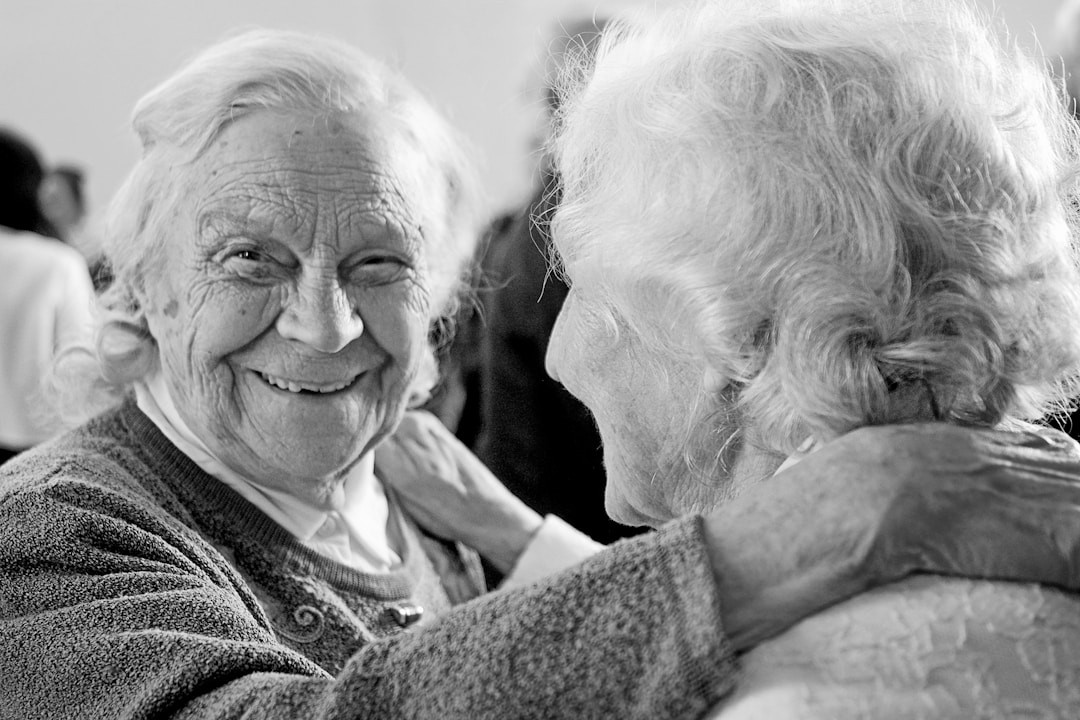Senior Mobility: Understanding and Addressing Age-Related Challenges

As we age, our ability to move freely and comfortably can diminish, affecting the quality of life for many seniors. Understanding and addressing the challenges associated with aging and mobility is essential for supporting older adults in maintaining independence and well-being. This article delves into the impact of common mobility challenges and how exercise and understanding the emotional ramifications can aid seniors. Below, we explore these facets to enhance the lives of our elderly population.
Common Mobility Challenges Faced by Seniors

One of the most prevalent mobility challenges faced by the elderly is the increased risk of falls. Fall-related injuries can lead to a significant decline in mobility and independence. Poor balance, reduced muscle strength, and environmental hazards are all contributing factors to this elevated risk.
Reduced mobility can also impact a senior’s ability to engage in social activities, which can lead to isolation and depression. When it becomes difficult to leave the house, attend events, or even walk around the neighborhood, seniors tend to withdraw, exacerbating feelings of loneliness.
Transportation presents another challenge. Many seniors are unable to drive due to physical limitations or medication side effects, and public transportation may not be easily accessible or user-friendly for those with mobility impairments. This can hinder their access to essential services and social interactions.
In light of transportation difficulties, some ingenious solutions have been devised to aid seniors in accessing on-demand transportation services. For example, by reading a GoGoGrandparent review, you’ll learn about an innovative approach that enables seniors without smartphones to utilize services like Uber, indicating the impactful role of technology in addressing mobility challenges.
Incorporating Exercise and Physical Therapy for Improved Mobility in Older Adults
Regular exercise is one of the most effective ways for seniors to enhance their mobility. Even low-impact activities like walking, swimming, or tai chi can improve strength, flexibility, and balance, key components of mobility.
Physical therapy is also instrumental for many seniors, especially following an injury or surgery. Therapists can design personalized exercise programs that focus on the unique mobility challenges an individual faces, optimizing the chances for recovery and improvement.
Sedentary behavior, a common issue among older adults, can be countered by incorporating routine physical activity into daily life. Establishing exercise habits not only improves physical health but also has a positive impact on mental well-being, which is crucial for overall quality of life.
Importantly, any exercise regimen or physical therapy program must be approved by healthcare professionals, ensuring that it’s safe and appropriate for the senior’s health status and mobility levels.
Navigating the Emotional and Psychological Aspects of Mobility Loss in Seniors

Losing mobility can be a distressing experience for seniors, as it often signifies a loss of independence and can alter their identity. It’s essential to recognize and address the emotional and psychological impacts of this change to support a senior’s overall health.
Social support from family, friends, and community organizations can play a critical role in helping seniors cope with mobility loss. Emotional encouragement and practical assistance can ease the stress of adapting to new limitations.
Professional counseling or therapy may also be beneficial for some seniors struggling to accept their changing circumstances. Mental health professionals can provide strategies to manage anxiety, depression, or grief associated with mobility loss.
In addition, senior centers and support groups provide opportunities for social interaction and sharing experiences with peers who face similar challenges. Engaging in such communities can foster resilience and a positive outlook, despite mobility impairments.
Altogether, the challenges of aging and mobility require a comprehensive approach that encompasses the physical, emotional, and psychological dimensions. By understanding these challenges and addressing the mental impacts of mobility loss, we can significantly improve the lives of our senior population.






Responses